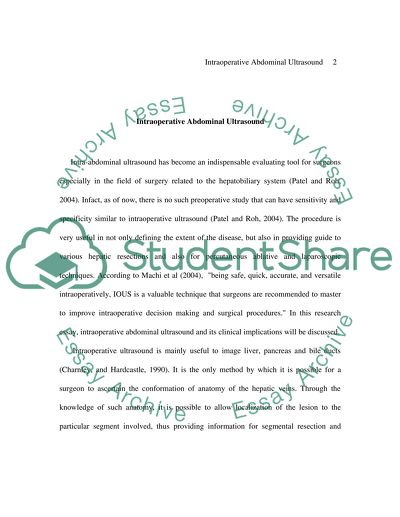Cite this document
(“Intraoperative Abdominal Ultrasound: Animals Need Ultrasound Too Research Paper”, n.d.)
Retrieved de https://studentshare.org/health-sciences-medicine/1390359-animals-need-ultrasound-too
Retrieved de https://studentshare.org/health-sciences-medicine/1390359-animals-need-ultrasound-too
(Intraoperative Abdominal Ultrasound: Animals Need Ultrasound Too Research Paper)
https://studentshare.org/health-sciences-medicine/1390359-animals-need-ultrasound-too.
https://studentshare.org/health-sciences-medicine/1390359-animals-need-ultrasound-too.
“Intraoperative Abdominal Ultrasound: Animals Need Ultrasound Too Research Paper”, n.d. https://studentshare.org/health-sciences-medicine/1390359-animals-need-ultrasound-too.


